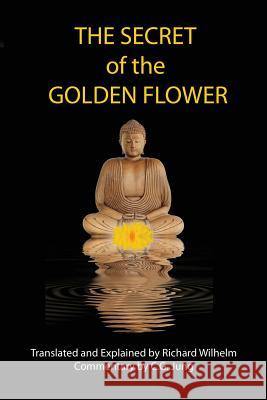The Secret of the Golden Flower » książka
The Secret of the Golden Flower
ISBN-13: 9781585093434 / Angielski / Miękka / 2010 / 174 str.
The Secret of the Golden Flower
ISBN-13: 9781585093434 / Angielski / Miękka / 2010 / 174 str.
(netto: 61,19 VAT: 5%)
Najniższa cena z 30 dni: 64,61
ok. 16-18 dni roboczych
Bez gwarancji dostawy przed świętami
Darmowa dostawa!
The word "secret" appears in many book titles in an effort to create sales, but the reader often finds few secrets inside. This book is a rare exception. There is a powerful secret to be found within these pages. It claims to contain the hidden jewel that both Eastern and Western religions have been seeking for centuries. Religions have lost their focus, having turned their attention away from this mystical process and toward their dogmatic theologies. The Golden Flower, in terms of this book, is the hidden light within the human body that is the key to spiritual enlightenment. This book reveals how the reader can tap into it using meditative and Taoist Yoga practices. This can result in higher wisdom, spiritual bliss and a complete transformation of consciousness. It includes a Commentary by the legendary psychologist C.G. Jung concerning the differences in consciousness between the East and West, as well as his closing Appendix honoring the memory and accomplishments of the original Translator of this work, Richard Wilhelm.
The word secret appears in many book titles in an effort to create sales, but the reader often finds few secrets inside. This book is a rare exception. There is a powerful secret to be found within these pages. It claims to contain the hidden jewel that both Eastern and Western religions have been seeking for centuries. Religions have lost their focus, having turned their attention away from this mystical process and toward their dogmatic theologies. The Golden Flower, in terms of this book, is the hidden light within the human body that is the key to spiritual enlightenment. This book reveals how the reader can tap into it using meditative and Taoist Yoga practices. This can result in higher wisdom, spiritual bliss and a complete transformation of consciousness. It includes a Commentary by the legendary psychologist C.G. Jung concerning the differences in consciousness between the East and West, as well as his closing Appendix honoring the memory and accomplishments of the original Translator of this work, Richard Wilhelm.











